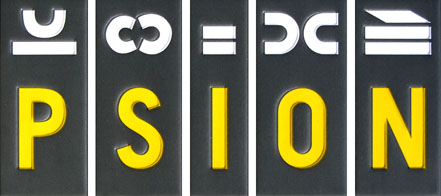
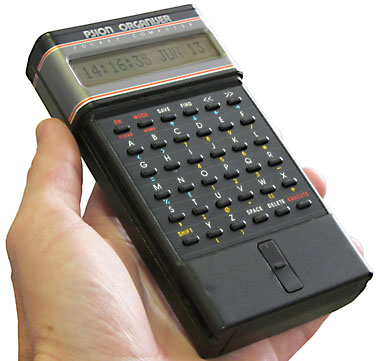
|


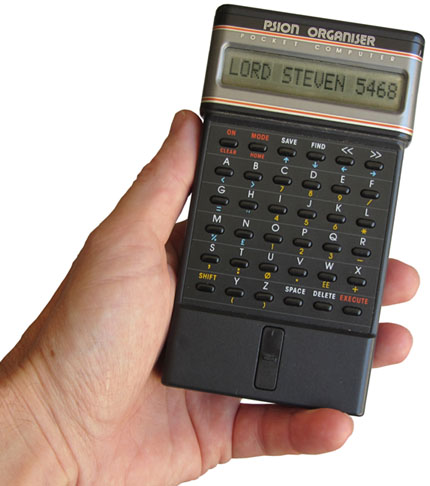
| ENTER | - for general purpose text entry and editing |
| SAVE | - for saving your data permanently to the removable 'datapak' module |
| FIND | - for retrieving records you previously saved |
| CALC | - for calculations |
| ERASE | - for cancelling records |
| OFF | - for switching your Organiser off |
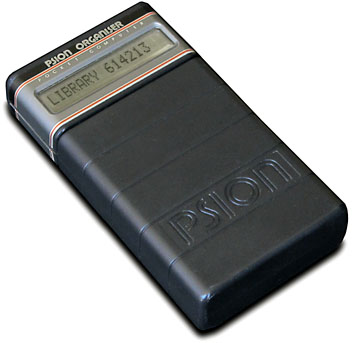
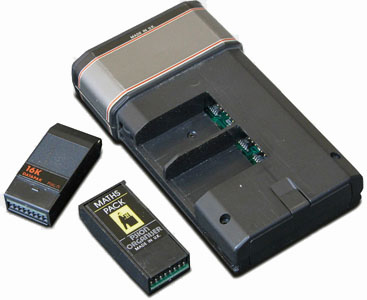
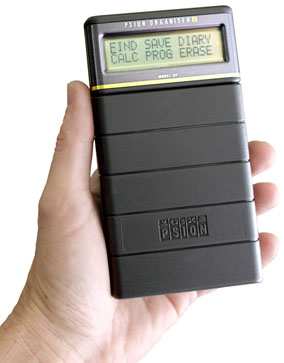
| 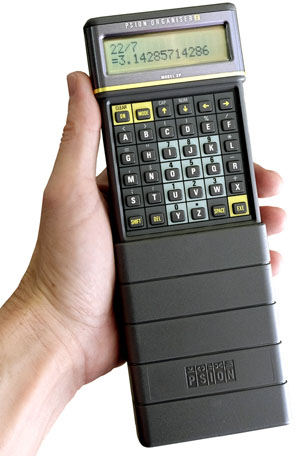
|
| Model | Display | RAM |
| CM | 2-line | 8K |
| XP | 2-line | 16K |
| LZ | 4-line | 32K |
| LZ64 | 4-line | 64K |
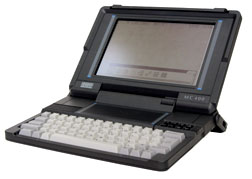
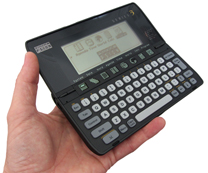

Psion HC100 from 1991 |

Psion Workabout from 1995 |
|